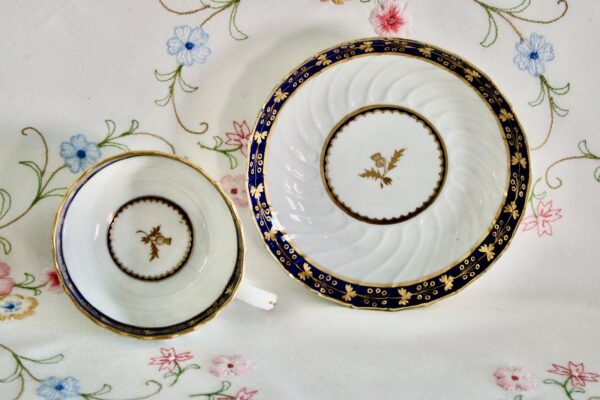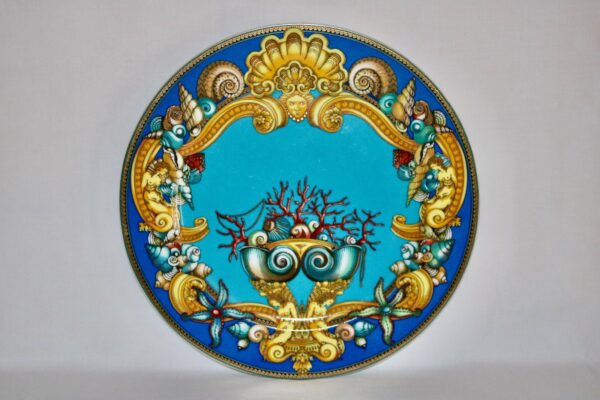Description
PARIS
In 1765 a French source for kaolin, the essential raw material in hard-paste porcelain, was discovered near Limoges. In 1766 a royal decree relaxed prohibitions on porcelain factories to encourage development of this new material. However, the decree only allowed these factories to produce domestic porcelain, decorated in underglaze blue or a single enamel colour (en camaïeu), insisting factory marks be added. The Sèvres factory retained its royal patronage and exclusive right to produce sculptural, multi-coloured and gilded porcelain. Following the death of Louis XV in 1774, many French factories, under the protection of aristocratic patronage, openly disregarded these restrictions. Soon factories were established in Paris, including Dihl and Guérhard, Darte, Schoelcher, Nast, and Dagoty.








